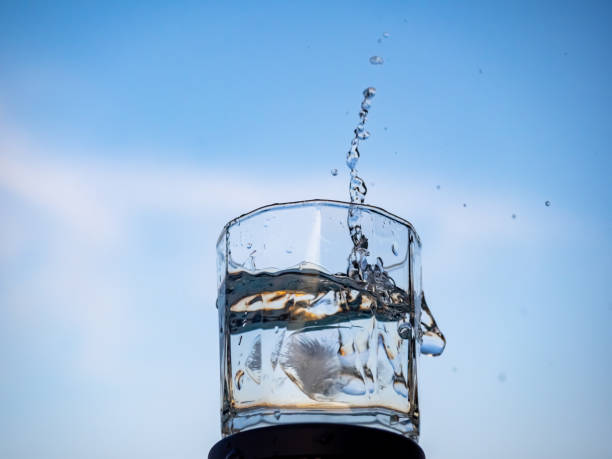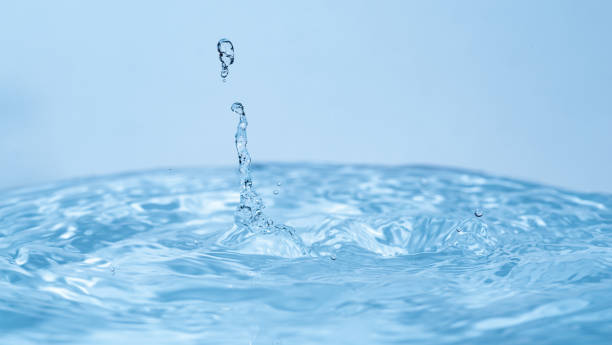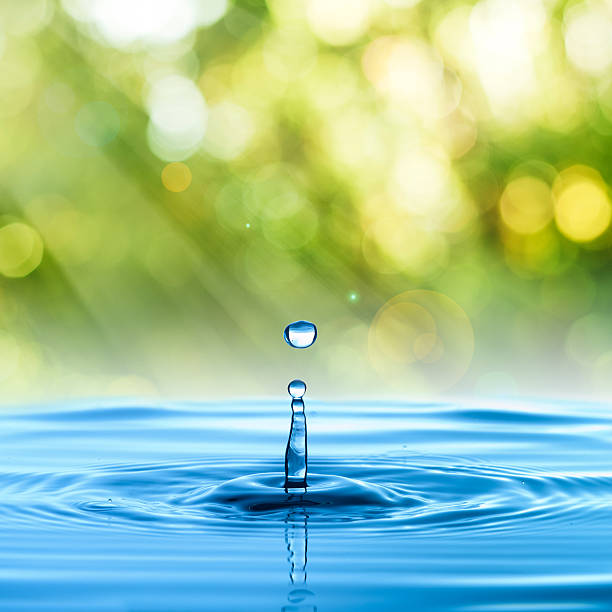
 Do you know what is the most reasonable recovery rate setting for RO system?
Do you know what is the most reasonable recovery rate setting for RO system?
 Do you know the difference between ultrapure water equipment and pure water equipment?
Do you know the difference between ultrapure water equipment and pure water equipment?
 Reverse osmosis ultrapure water equipment common faults (with solutions)
Reverse osmosis ultrapure water equipment common faults (with solutions)
 Factors affecting the effectiveness of activated carbon filtration and methods of use
Factors affecting the effectiveness of activated carbon filtration and methods of use